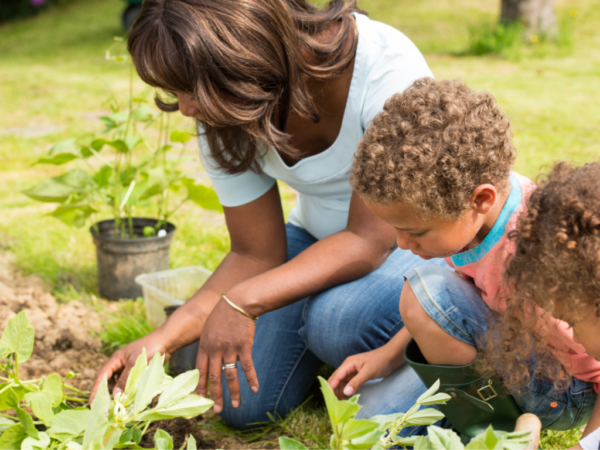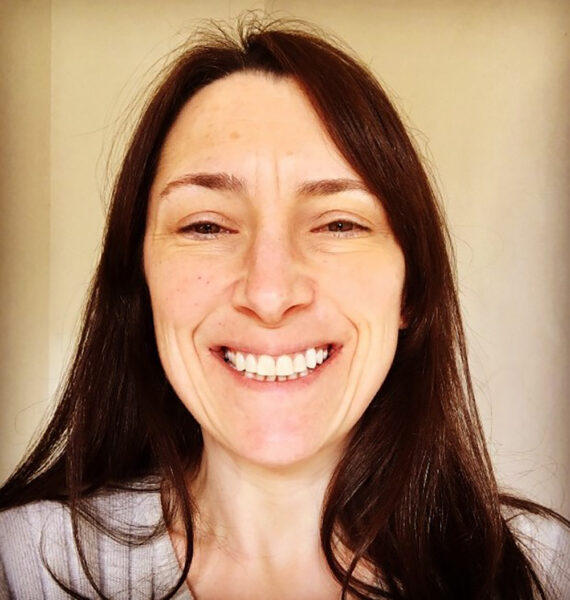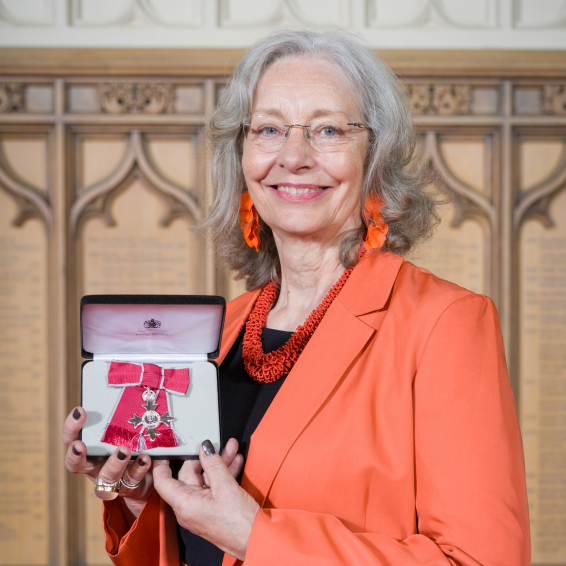Poinsy Pino is the Outreach Coordinator for our work in Kenya, the AMI Corner of Hope Educateurs sans Frontieres (EsF) initiative which focuses on Montessori teacher training and mentoring for teachers from the local communities. Poinsy shares her notes from Kenya where she recently visited schools and training centres at Corner of Hope and the nomadic schools created for the Samburu in the Sahara.












